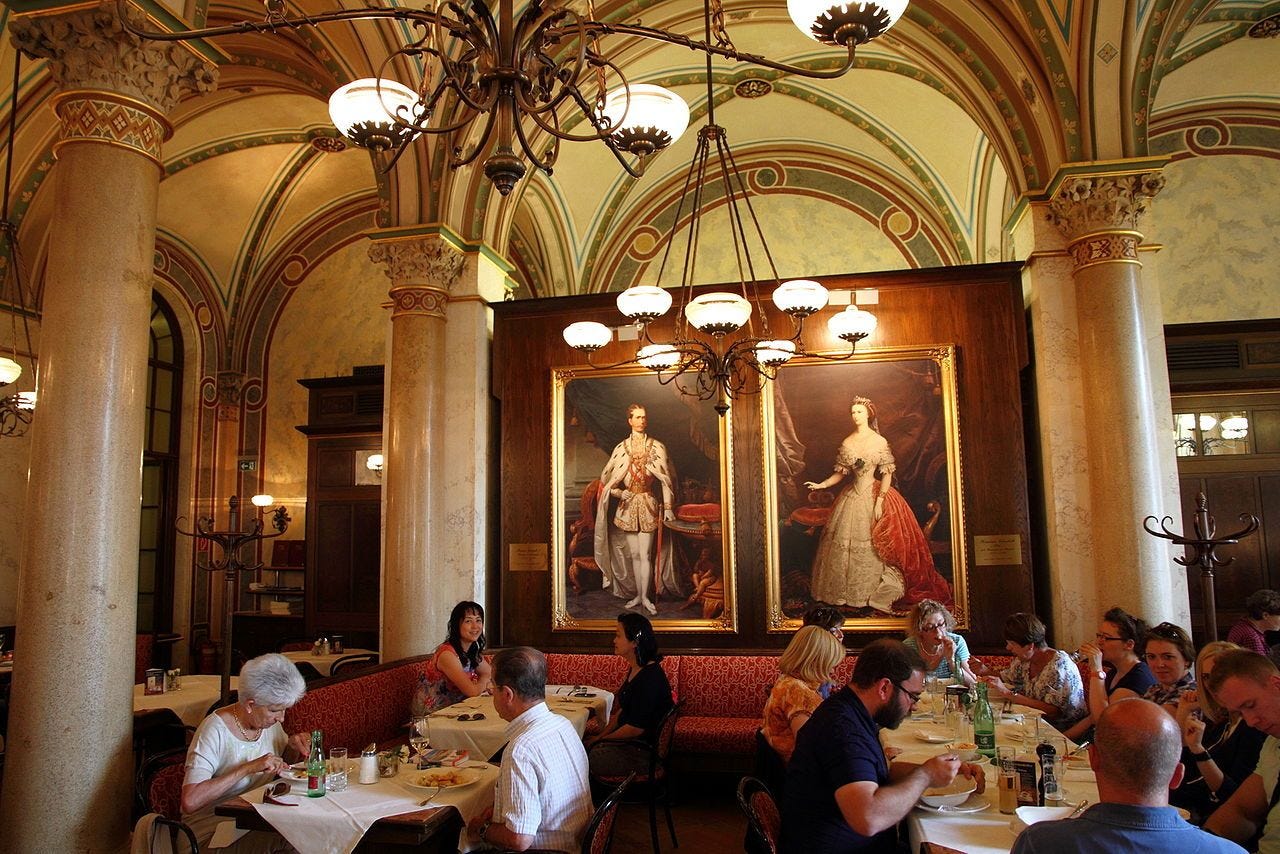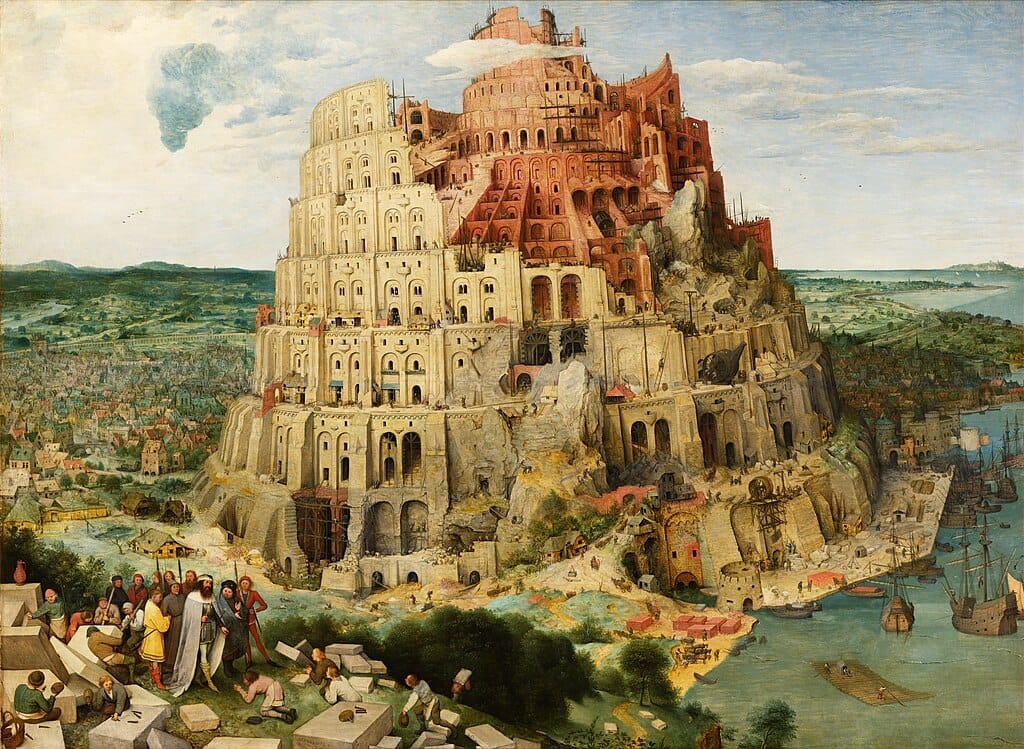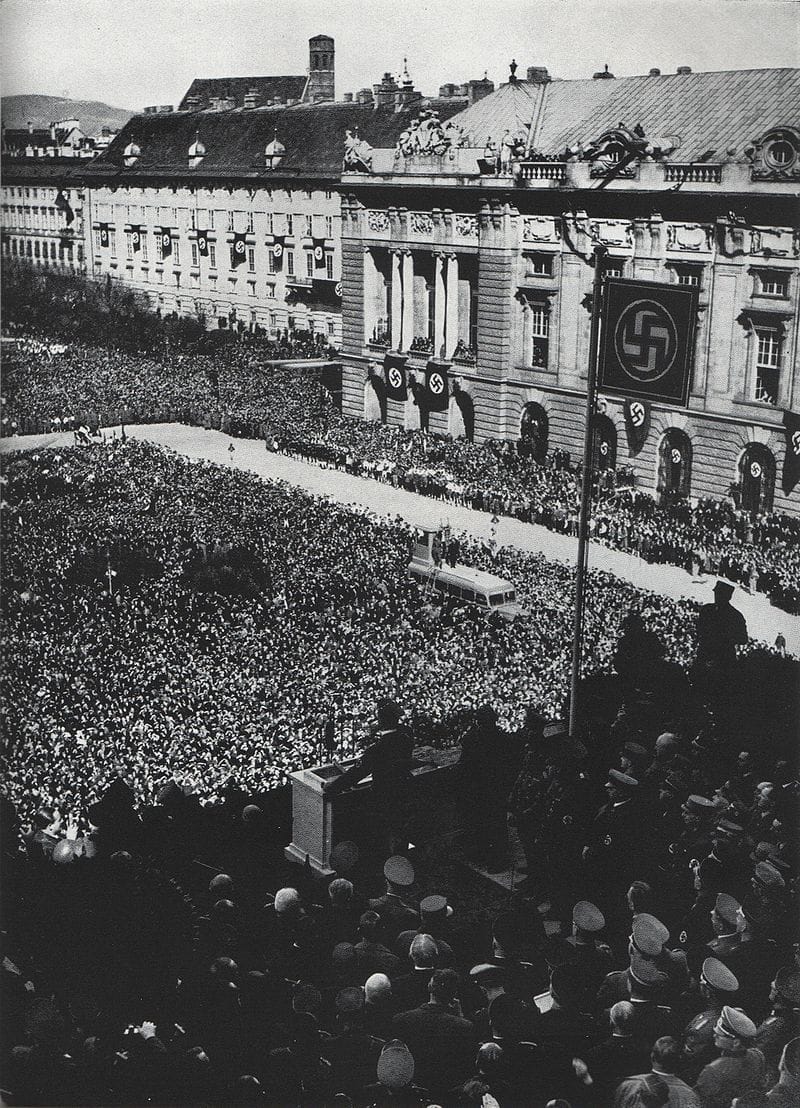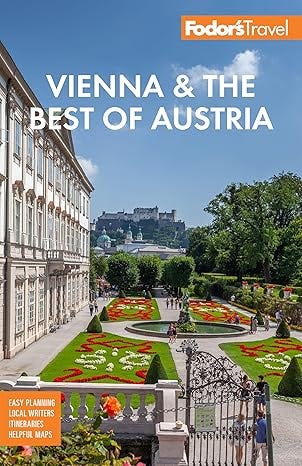The Espresso That Shook the World
In early 20th-century Vienna, revolutionaries, dictators, and geniuses sat inches apart in smoke-filled cafés—quietly plotting the chaos that would reshape the modern world.
Table of Contents
Good morning—today, we’re stepping into the cafés where revolutions once simmered over a cup of melange.
In the main feature, we explore how early 20th-century Vienna’s coffeehouses became breeding grounds for radical ideas, world-changing art, and even future tyrants. From Freud and Trotsky to the rise of café culture itself, the article tells the story of how a city shaped modern thought—one table, one argument, one coffee at a time.
In the Premium Section, we go deeper:
• A guide to Pieter Bruegel’s snow-covered masterpiece, Hunters in the Snow, and how it speaks to human struggle across seasons.
• The history and recipe of the Wiener Melange, Vienna’s most iconic coffee.
• A 4-day Vienna itinerary for those who want to walk the same streets, sip in the same cafés, and stand where history quietly brewed.
This isn’t just about travel or art. It’s about paying attention to the places where big ideas begin.
In the early 1900s, if you wanted to find the pulse of Europe’s future, you didn’t look to parliaments or palaces—you walked into a café in Vienna. Smoke hung in the air, spoons clinked against porcelain, and ideas sharper than razors flew across marble tables. These cafés weren’t just a place to kill time. They were breeding grounds for revolutions, manifestos, theories, and occasionally, monsters.

Take Café Central. On any given afternoon, you might’ve seen Leon Trotsky scribbling notes, watching the room. Not far away, a young Adolf Hitler nursed a cheap coffee and fumed about art school rejection. In the same room, Josip Broz Tito listened, silent. And occasionally, Josef Stalin passed through—briefly and unnoticed. It sounds made up. But it’s history.
Vienna was a strange crossroads. It sat at the edge of empires, where Slavs, Germans, Jews, Hungarians, and Turks collided. That diversity spilled into the cafés, where people argued in five languages. Add the collapse of old hierarchies, the rise of socialism, anarchism, psychoanalysis—and you had the perfect storm. The coffee helped.
Sigmund Freud was a regular at Café Landtmann. He’d sit with colleagues and dissect the human mind between sips. While most people came for pastries, Freud came to launch an intellectual revolution. His theories didn’t emerge from an ivory tower. They were shaped in loud, messy rooms, full of smoke, sarcasm, and pushback.
And it wasn’t just politics or psychology. Writers like Arthur Schnitzler and Karl Kraus used the café as a stage. Kraus famously called Vienna’s press "the evil of our time," and he'd test out his essays at Café Griensteidl before printing them. Musicians joined in too. Gustav Mahler, Arnold Schoenberg—they debated music theory in cafés the way today’s kids argue online about albums.
These cafés worked because they were public and cheap. A single coffee bought you hours. Newspapers were available for free. You could read Die Neue Freie Presse or Pravda side by side. You didn’t need to be rich—just loud, clever, or willing to listen. Ideas were the currency.
The setup was perfect for young radicals. Trotsky wrote parts of Pravda here before taking it back to Russia. Hitler, though broke, soaked up resentment, nationalism, and antisemitism in those same cafés. It’s chilling to think two of the 20th century’s most destructive forces—Bolshevism and Nazism—grew in the same room, from the same table culture.
And it wasn’t just men. Alma Mahler, the composer and muse, used cafés to network with artists and intellectuals. Women were entering these spaces more by the turn of the century. Café culture helped shift gender norms, if only a little. In these spaces, ideas about feminism, sexuality, and identity started to take root.
It’s tempting to romanticize it all, but café culture was also brutal. Arguments turned ugly. Antisemitic pamphlets were left on tables. Fistfights weren’t rare. These weren’t safe spaces. They were ideological war zones with a pastry menu. But out of that chaos came clarity—or, at least, confrontation.
What makes it remarkable is how ordinary it all looked. Marble tabletops, bentwood chairs, chandeliers. But beneath that surface, ideas were detonating. Some of the 20th century’s most defining events—World War I, the Russian Revolution, the Holocaust—were shaped in these rooms, long before they reached the streets.
Other cities had cafés, but Vienna’s were unique. Paris had artists. Berlin had political meetings. Vienna combined both—and layered in imperial decay. You could feel something ending and something else beginning. The Habsburg Empire was dying. The café was its waiting room.
And then it was gone. The Anschluss in 1938 crushed Vienna’s café culture. The Nazis closed Jewish-run cafés, exiled intellectuals, or sent them to camps. Some, like Freud, escaped. Others didn’t. The café revolution was over. But the ideas had already escaped the cup.
Today, the legacy survives. Vienna’s cafés are now UNESCO heritage sites. But they’re quieter, less raw. What once sparked revolutions now serves tourists. Yet if you look closely, the ghosts are still there—in the chandeliers, in the scuffed tabletops, in the silence after a strong cup of melange.
It’s strange to think that so much of the 20th century—good and bad—was brewed not in battlefields or boardrooms, but in cafés. Over cheap coffee and shared newspapers, people dreamed, schemed, and sometimes destroyed the world they’d just imagined.
Vienna was once the heart of an empire—now it’s a city haunted by its past.
Emperors ruled, revolutions ignited, and war left scars still visible today.
After these 15 places, you will never see the city the same way again. 🧵
“The voice of the intellect is a soft one, but it does not rest until it has gained a hearing.”
Sigmund Freud
Art

Masterclass 24/7 - A Mastermind Community for Social Media Entrepreneurs
Book Corner
Keep reading with a 7-day free trial
Subscribe to The Culture Explorer to keep reading this post and get 7 days of free access to the full post archives.







